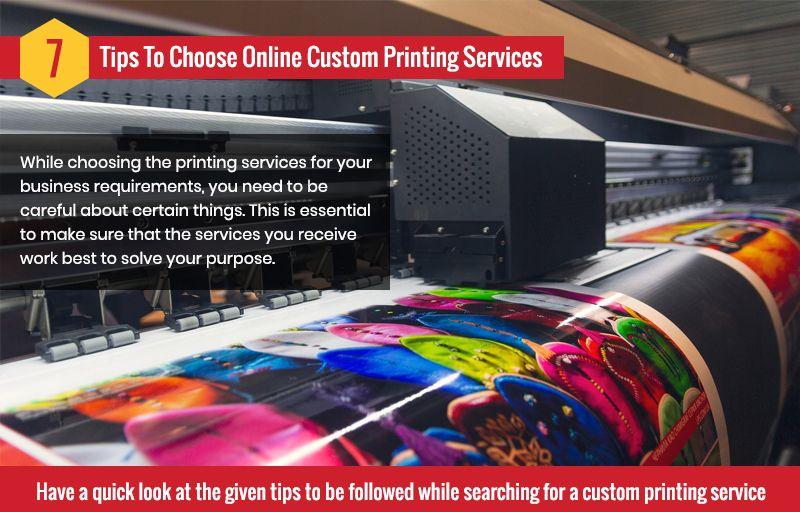The future of eCommerce is closely tied to innovations in print on demand.
The future of eCommerce is closely tied to innovations in print on demand.
Blog Article
Comprehending Exactly How Digital Printing Changes the Printing Market
The printing sector, long soaked in conventional methods, is undergoing a radical transformation with the arrival of digital printing. This ingenious modern technology, which eschews the requirement for publishing plates, makes it possible for rapid manufacturing and modification, reshaping the landscape of print communication. With its potential to spur involvement through individualized content and to provide lasting services, it's clear that digital printing is more than a technological development; it's a critical video game changer. But how precisely does it revolutionize the industry? Let's explore.
The Advancement of Digital Printing: A Brief Review
Since its beginning, electronic printing has actually undergone substantial changes, constantly changing the printing market. With the advent of the 90s, electronic printing technology started to develop, and the industry witnessed the intro of direct imaging presses, which got rid of the need for printing plates. As the new millennium unravelled, advancements in modern technology even more spurred the growth of electronic printing, leading to the production of high-speed inkjet printers.

Unboxing the Innovation Behind Digital Printing
Diving right into the complexities of digital printing technology, one comes across an abundant tapestry of advanced machinery and facility formulas. At the heart of this procedure exists an electronic photo, which is refined by software application that splits it into a grid of dots. This detailed system, bolstered by advanced software and high-resolution imaging, has actually changed the landscape of the printing sector, leading the means for unmatched levels of information and accuracy.

The Advantages of Digital Printing for Services
Recognizing the modern technology behind digital printing supplies a clear photo of its accuracy and information. Digital printing is environmentally click resources pleasant, utilizing much less ink and creating much less waste. The complete possibility of electronic printing is realized when made use of for customization and personalization, a topic that will be covered in depth in the following section.
The Duty of Digital Printing in Customization and Personalization
While typical printing methods battle with modification and personalization, digital printing succeeds in these locations. It enables for the simple modification of designs, without the need for pricey and taxing plate changes (print on demand). This allows organizations to customize products to private clients, meeting certain demands and enhancing client fulfillment
Digital printing additionally enables for variable data printing, where elements such as text, graphics, and pictures may be transformed from one printed piece to the next, without reducing down the printing procedure. This is especially helpful for straight marketing projects, where personalized messaging can significantly boost action rates. By doing this, digital printing not only transforms the printing market yet additionally changes the method services communicate with their customers.
Analysing the Environmental Effect of Digital Printing
Although electronic printing has been lauded for its duty in personalization and customization, it is important to examine its ecological influence. Digital printing can be less wasteful than conventional approaches, due to the fact that it runs on a 'print on need' basis, getting rid of the demand for huge print runs that can cause excess and waste. Additionally, it makes use of fewer chemicals and produces much less volatile organic compounds (VOCs) contrasted to counter printing. The energy use of digital printers can be high, leading to increased hop over to these guys carbon footprint. The usage of non-recyclable printing components and the challenge of e-waste management present considerable environmental concerns. While electronic printing has lots of advantages, its environmental effect needs to be diligently managed.
Conclusion
Finally, digital printing has changed the printing industry, providing quick, cost-efficient, and premium options. It helps with modification, boosting consumer involvement, and utilizes a sustainable print-on-demand design. As this innovation remains to develop, its effect on organization interaction, customer satisfaction, and ecological sustainability comes to be progressively profound. Understanding these changes is crucial for organizations to additional resources utilize the advantages of digital printing effectively.
Report this page